Brooklyn Museum
MFA Collection
Snow (Yuki), from the series Fashionable Snow, Moon and Flowers (Fûryû Setsugekka)

+28
The Twelfth Month, from the series Popular Customs and the Poetic Immortals in the Four Seasons (Fûzoku shiki kasen)

Courtesan Watching Two Kamuro Make a Snow Dog

Twilight Snow of Hachinoki (Hachinoki no bosetsu), from the series Fashionable Eight Views of Noh Plays (Fûryû utai hakkei)

Twilight Snow of the Floss-stretching Form, from the series Eight Views of the Parlor (Zashiki hakkei)

Three Boys with a Giant Snowball

Mitate of the potted trees (Hachi no ki), from a Nô play.
Parody of the Nô Play Hachi no Ki

Couple under an umbrella in the snow (crow and heron) Color woodcut print

Couple Sharing an Umbrella in Snow
The Heron Maiden


Young Woman Sweeping Snow
Woman Walking under an Umbrella


Young Woman in Black Coat Walking in Snow with an Umbrella
Young Woman Walking in the Snow


Woman with Snowball

The Heron Maiden (Sagi musume)

The Heron Maiden (Sagi musume); second state of the print originally titled Winter- Snowflowers (Fuyu, mutsu no hana), from the series Fahionable Flowers of the Four Seasons (Fûzoku shiki no hana)

Woman Digging for Bamboo Shoots in Snow; Parody of Meng Zong (Môsô)

Young Couple by a Gate in Snow

*** (UPD)
Two Lovers attired as Komuso
Young Man Dressed as a Komusô
Young Woman Dressed as a Komusô


Couple at a Kotatsu Reading a Letter
Couple on a Drying Platform


Couple Eloping- Parody of the Akuta River Episode in Tales of Ise (Ise monogatari)
Couple in a Boat- Parody of the Ukifune Chapter of the Tale of Genji


Couple Sharing an Umbrella

Couple Playing a Kokyû Together

продолжение следует...
This entry was originally posted at http://elle-belle.dreamwidth.org/1577066.html. Please comment there using OpenID.






















































































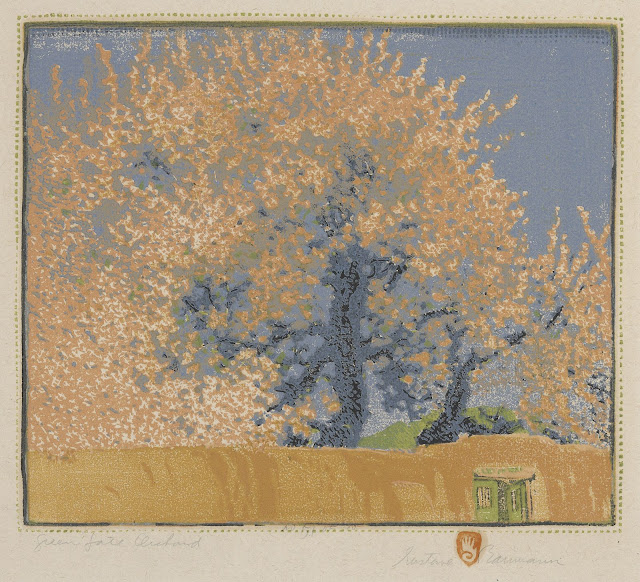
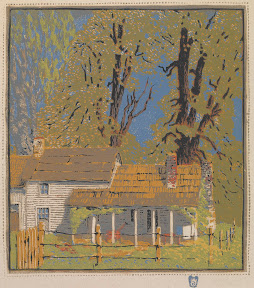
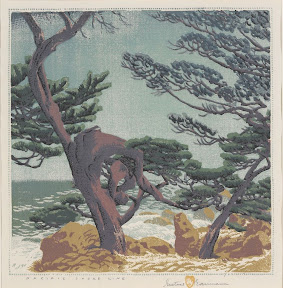
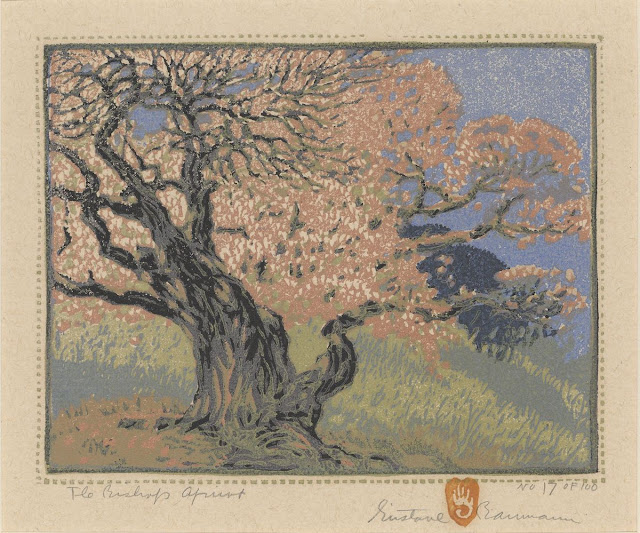

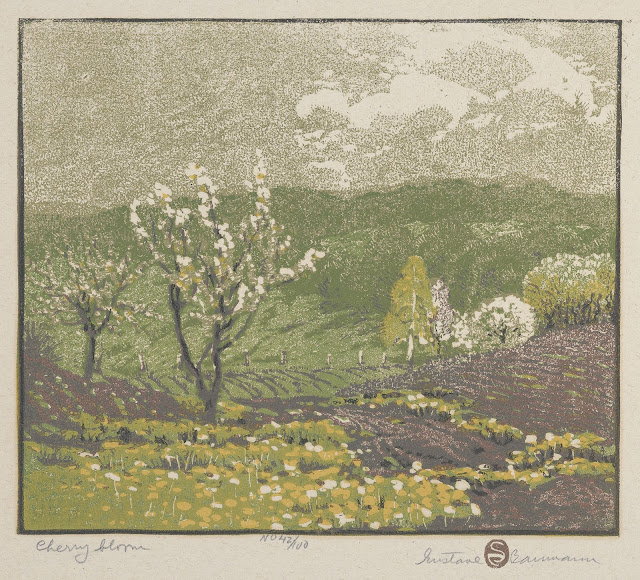

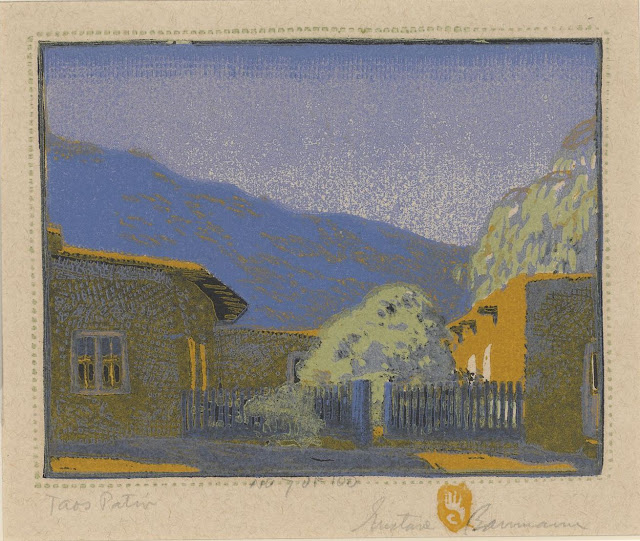
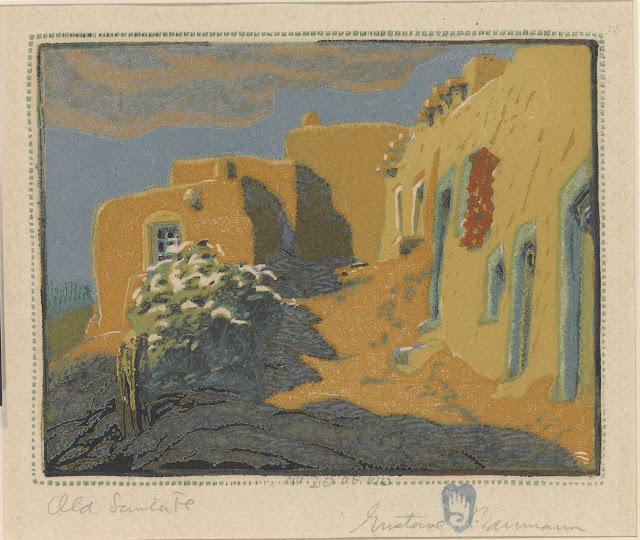
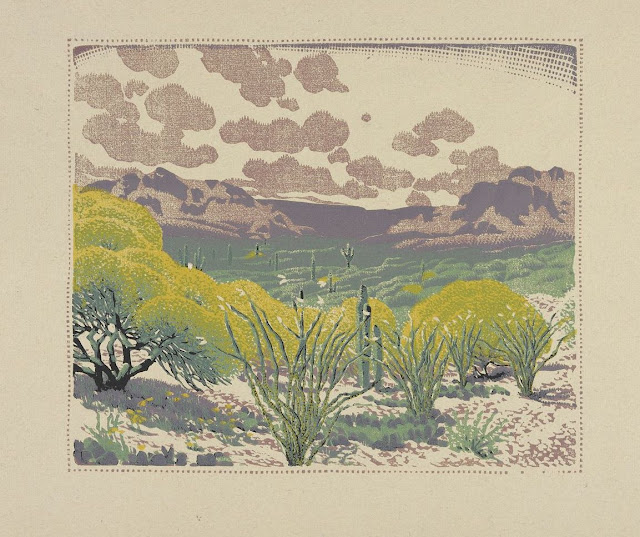
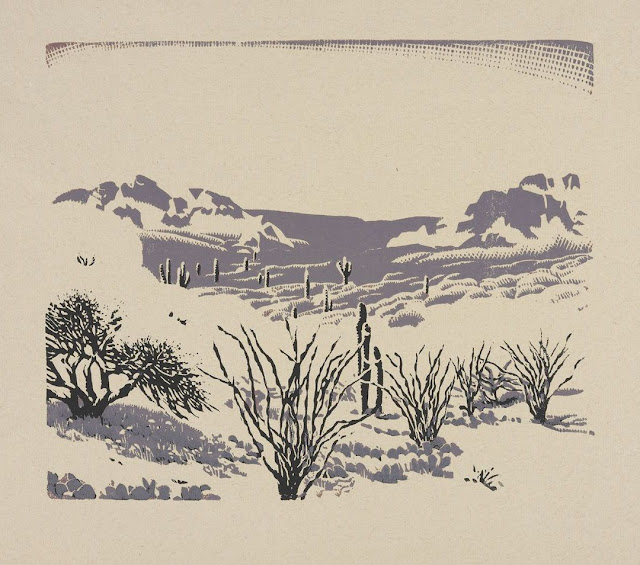
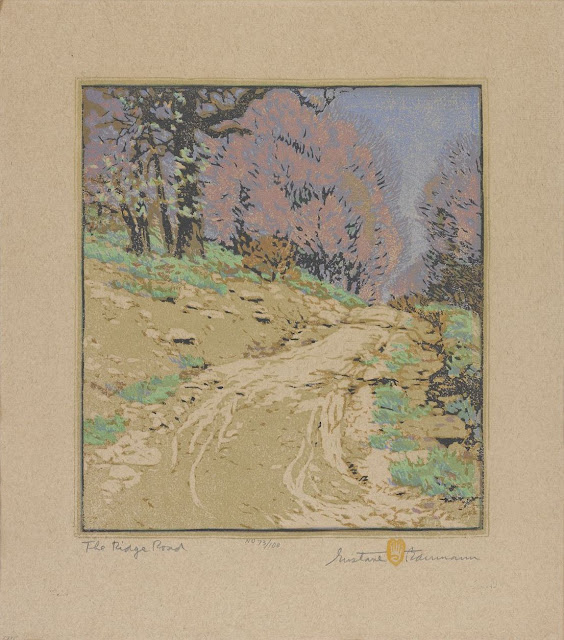

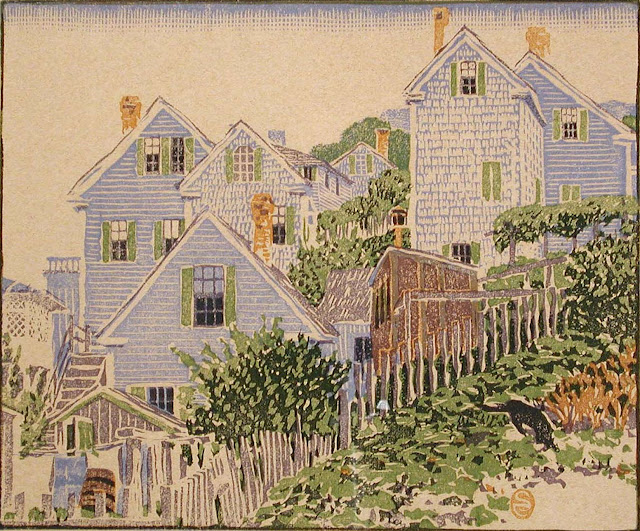
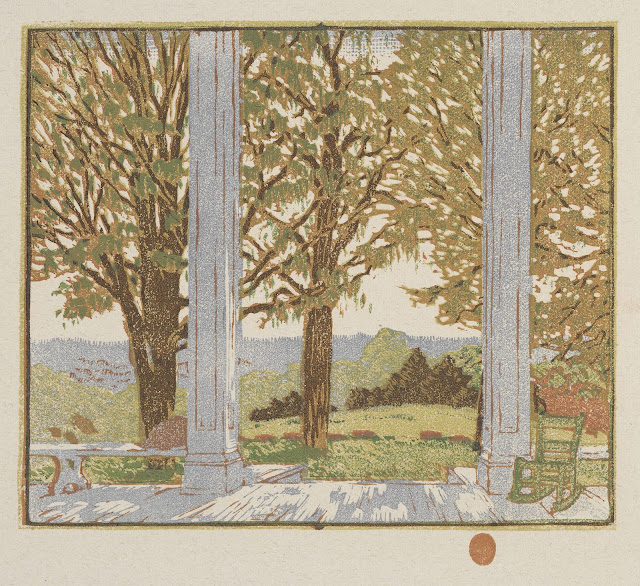
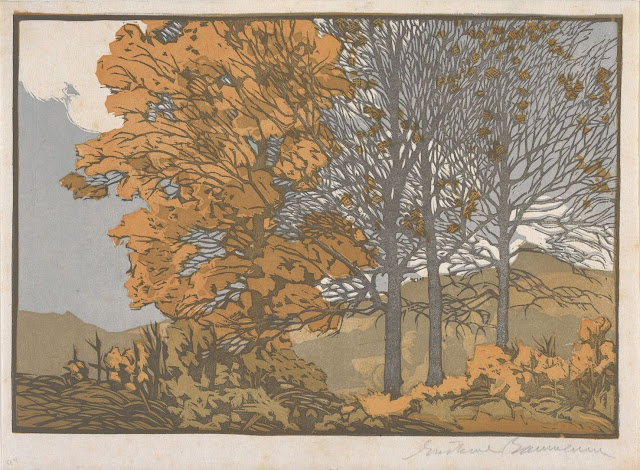

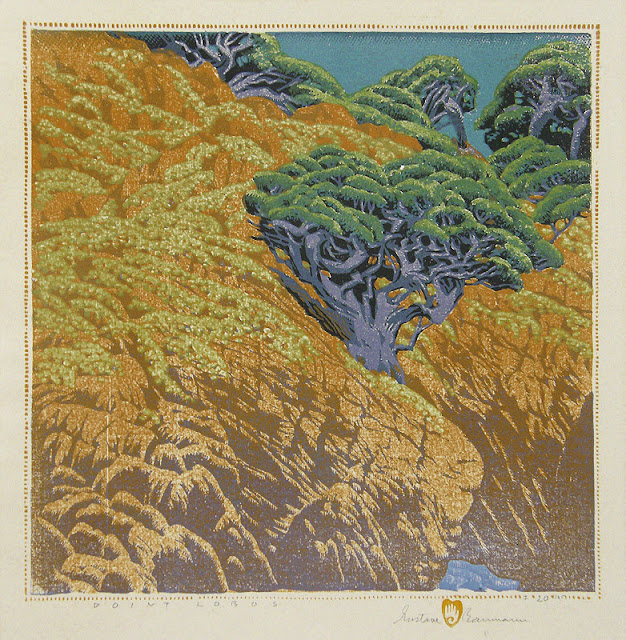
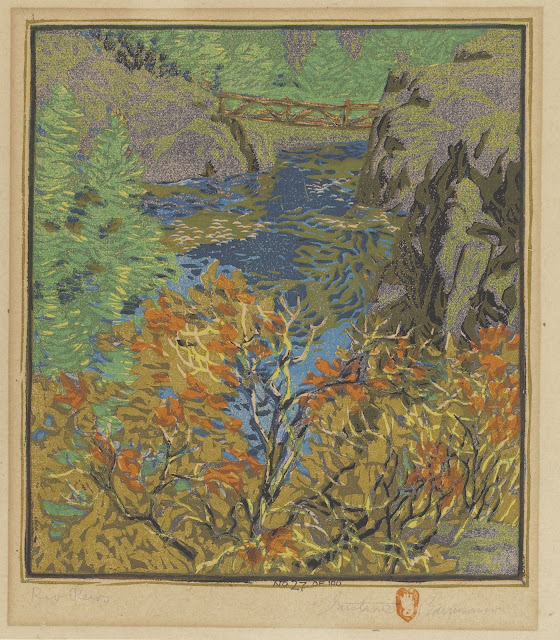
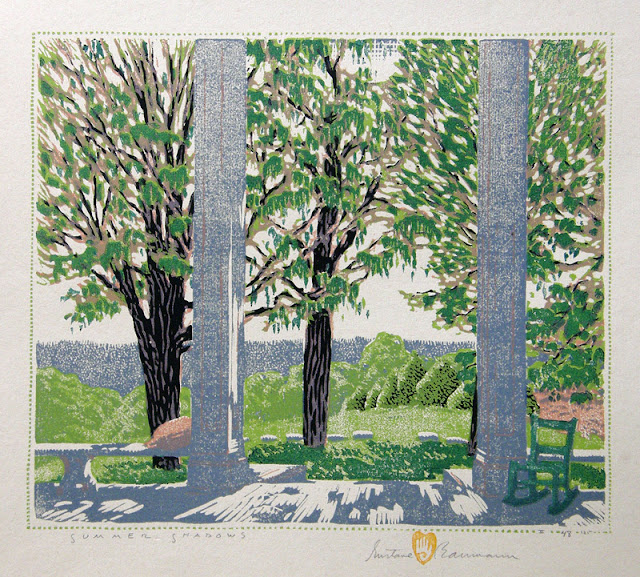
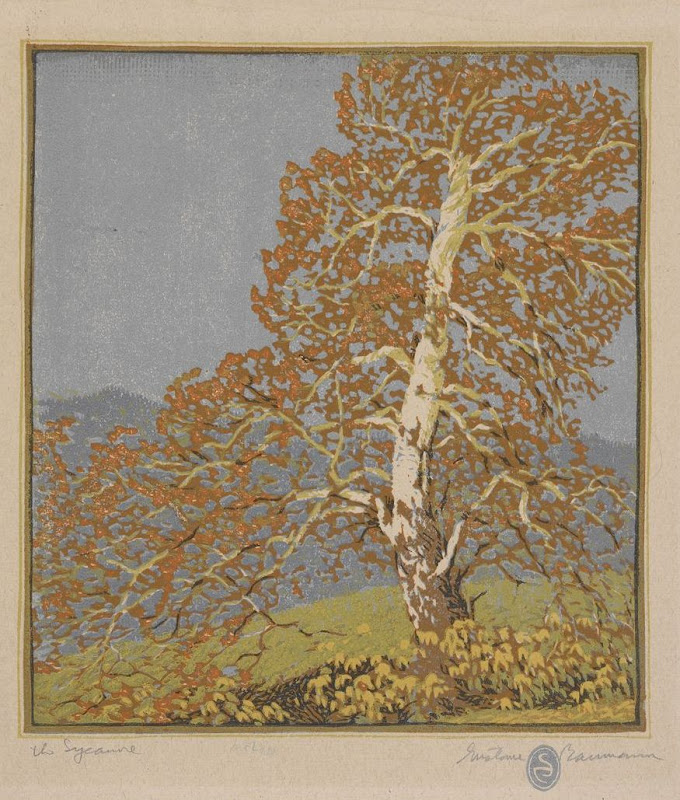
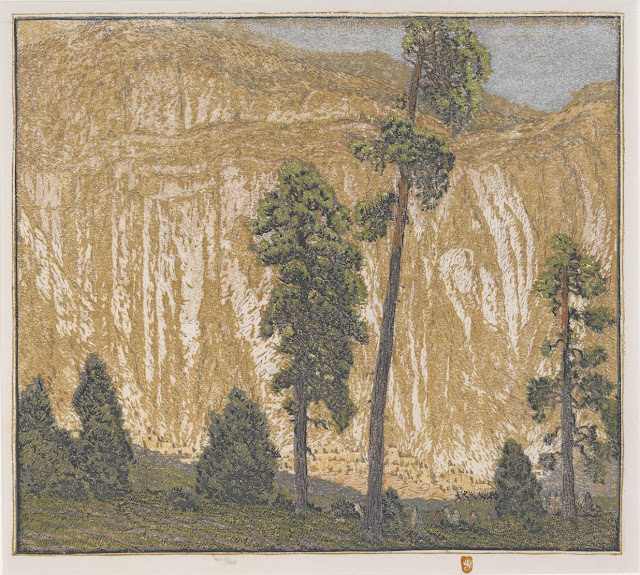
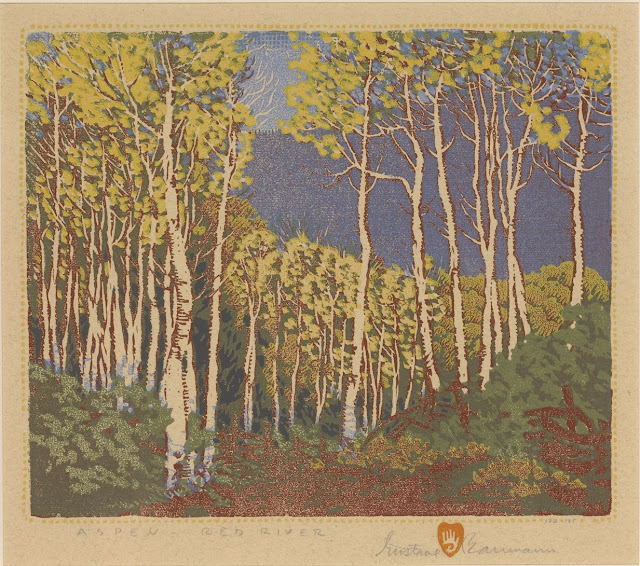
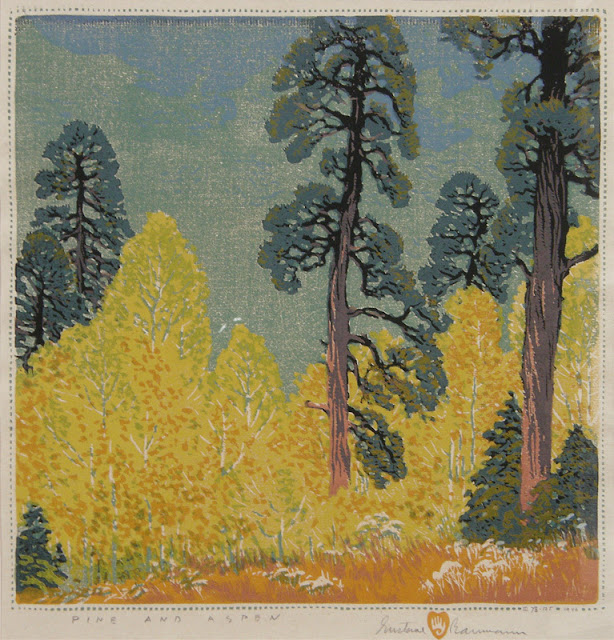

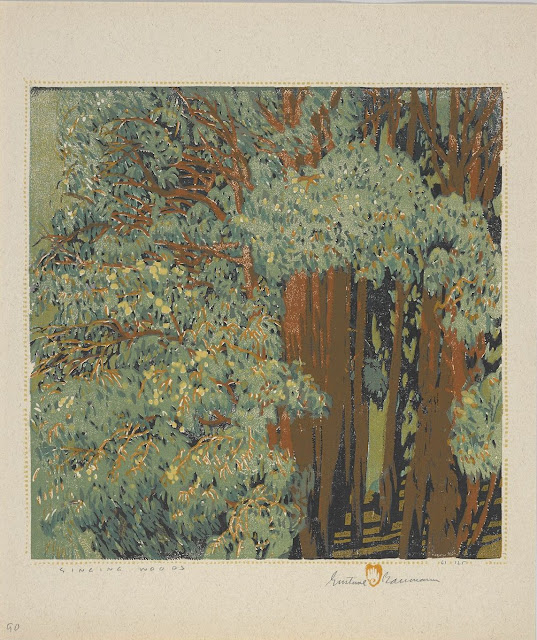
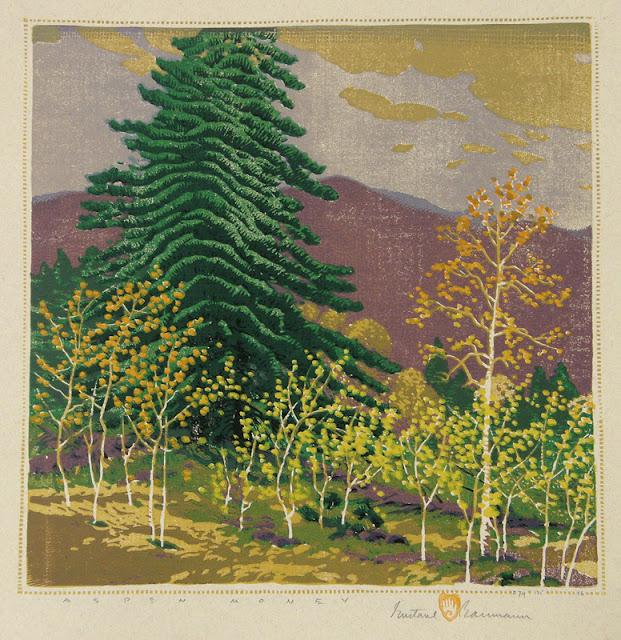


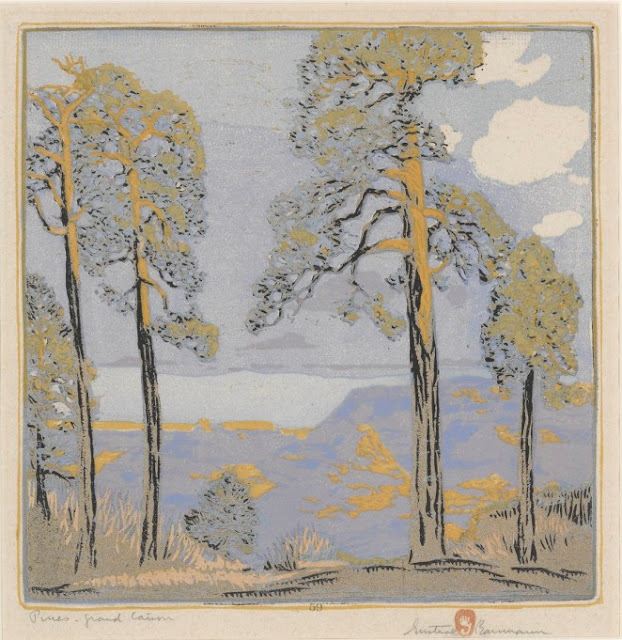
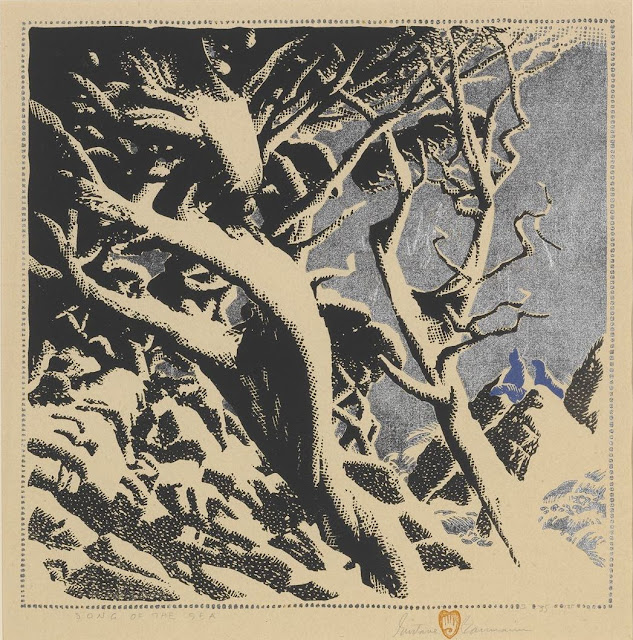
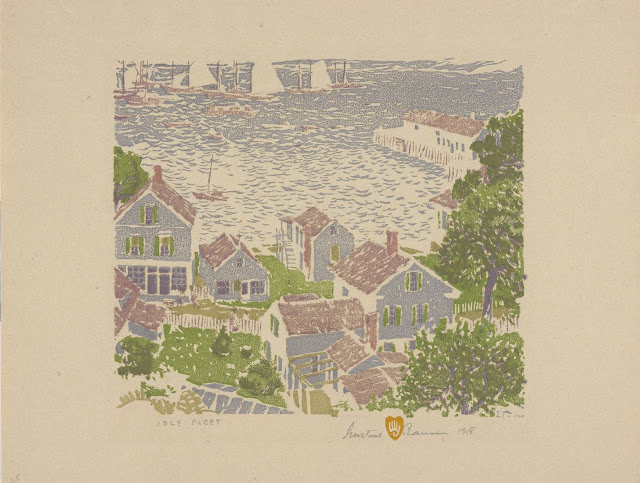
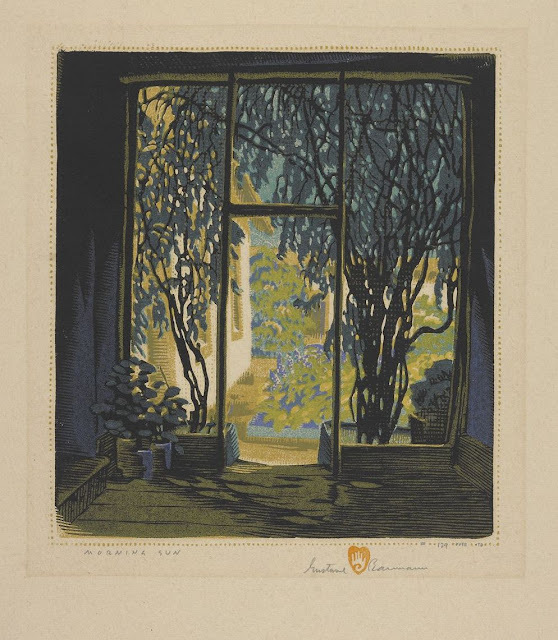
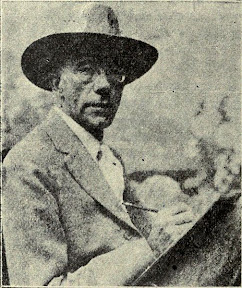
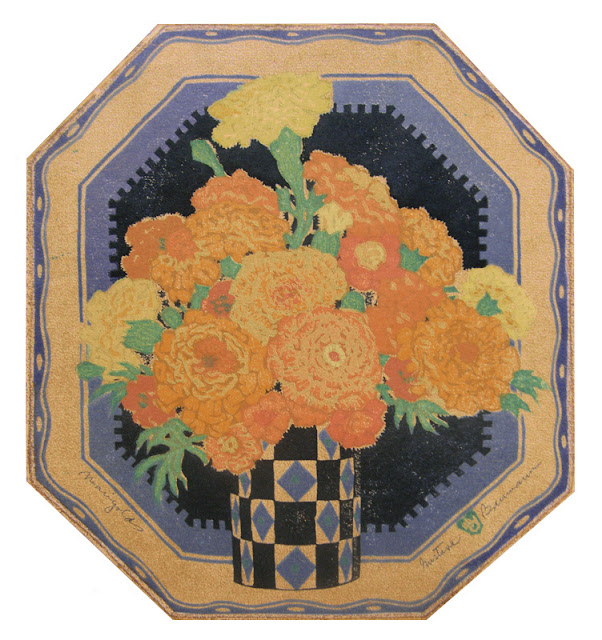
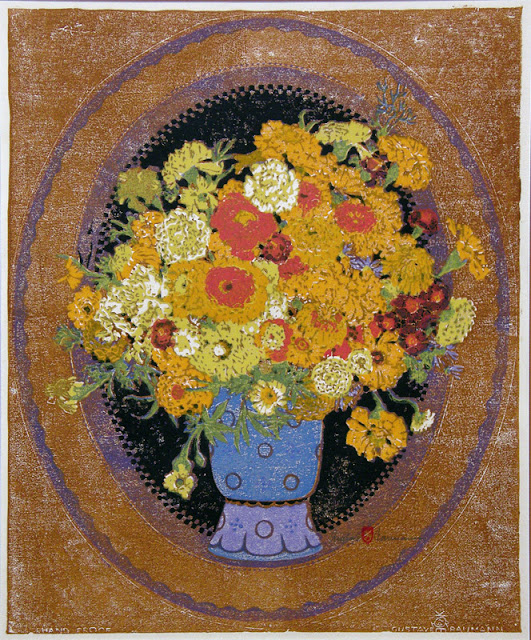
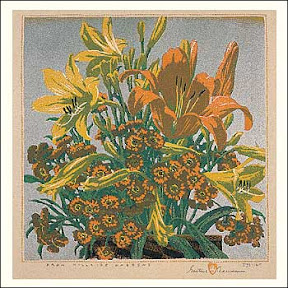
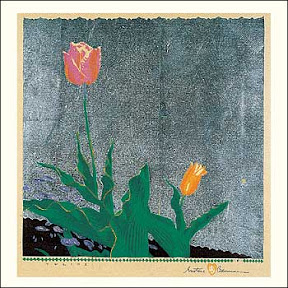
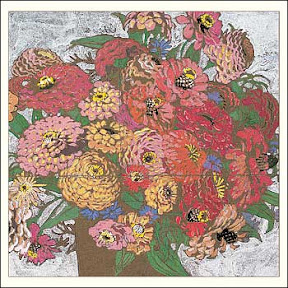
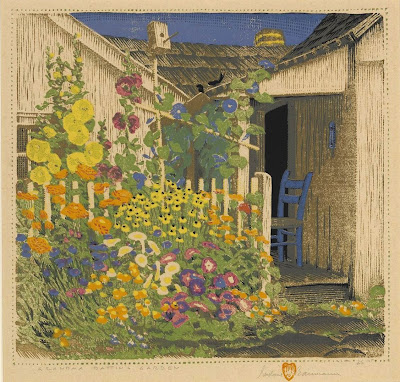
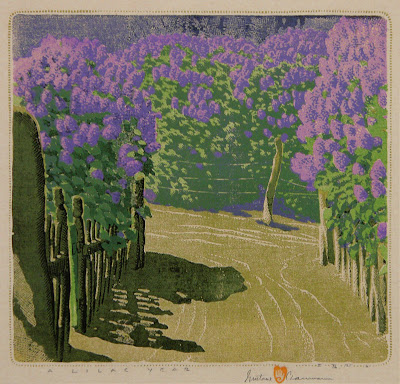

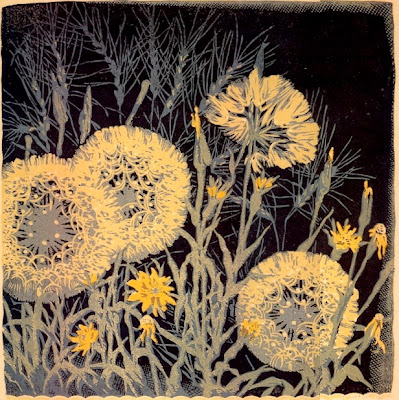
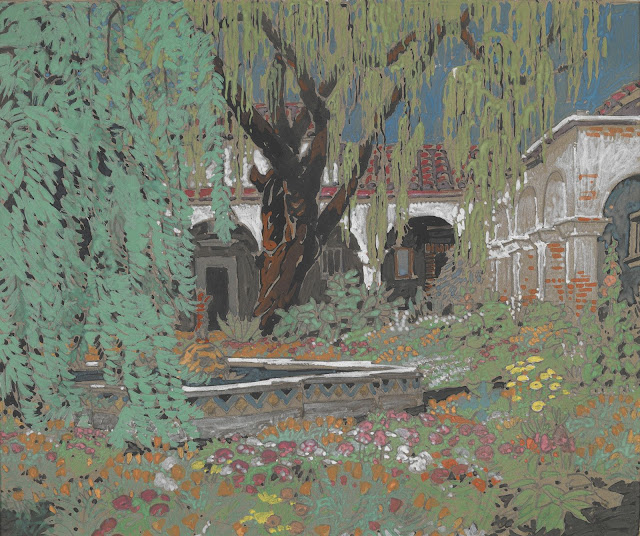
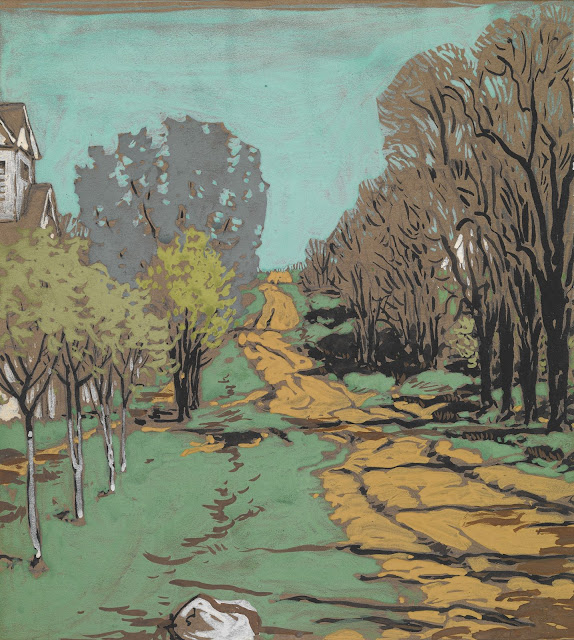

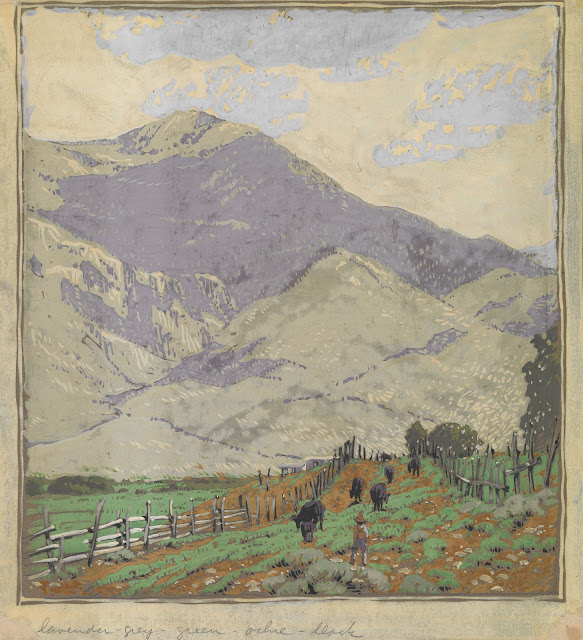

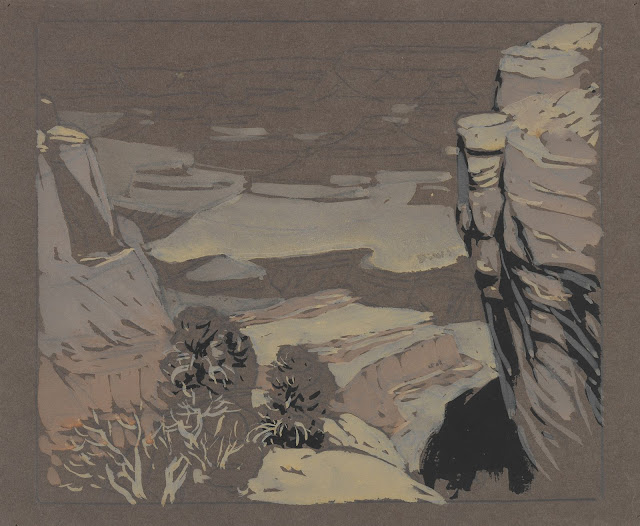

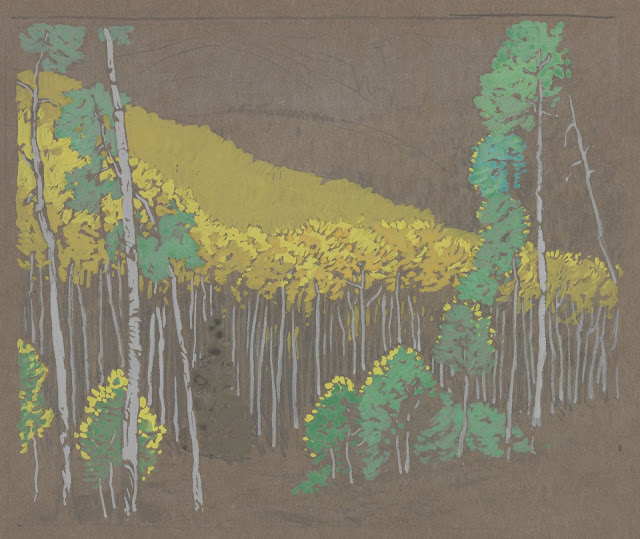












































![[info]](http://l-stat.livejournal.com/img/community.gif?v=1)















































